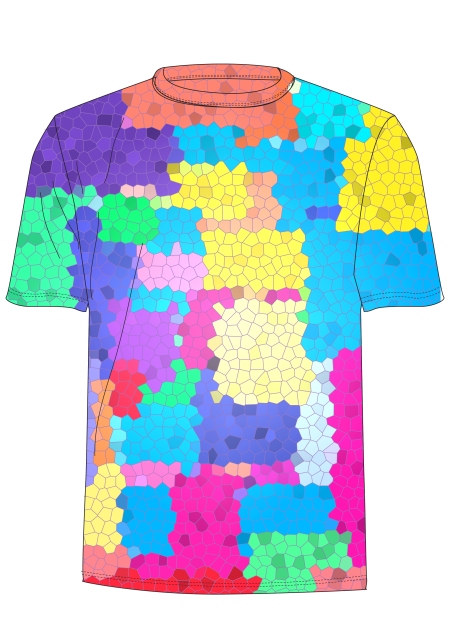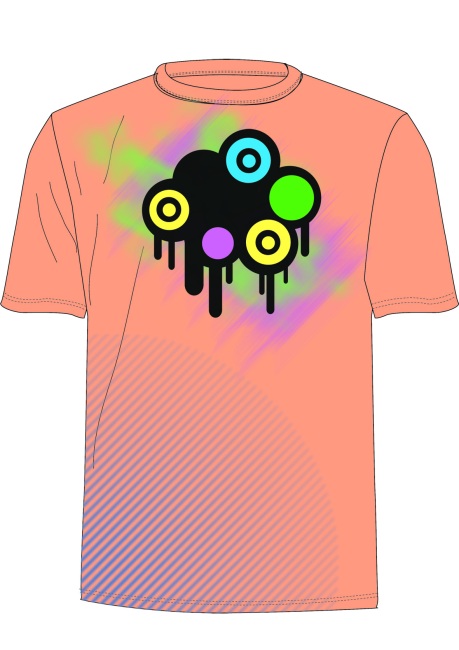Proximity
The basic theory of proximity is concerned with the arrangement or categorisation of elements that relate to one another. To understand why, when elements of a similar nature are grouped together the information becomes a visual unit. This provides a viewer with a visual clue as to the concept you are communicating rather than being confronted with a scattering of unrelated graphical elements. When a number of graphic elements are close in proximity a relationship is implied. If elements are logically positioned they connect to form a structure to your design, this is also known as Visual Hierarchy.
Visual Hierarchy
Visual Hierarchy arranges elements to create focal points by positioning their priority within a concept as a whole. To do this you will need to ask yourself what the key elements of your design are, which graphics communicate your concept most strongly? Which graphics support your concept and how could you illustrate them to create a visual structure from most to least important? You may consider displaying your graphics using different sizes and colours to give them visual weight.
Visual weight refers to the relative size and scale of the various elements in a design. This gives meaning to the relationship between objects, or parts, of a whole. Scale is used to create the contrasting relationship of size between elements in a composition.
Study your design concept and take note of what attracts your eye first, where do you look next and how does your eye move around the visual elements of your design? Is a relationship implied in the ordering, grouping and placements of your graphical elements?

